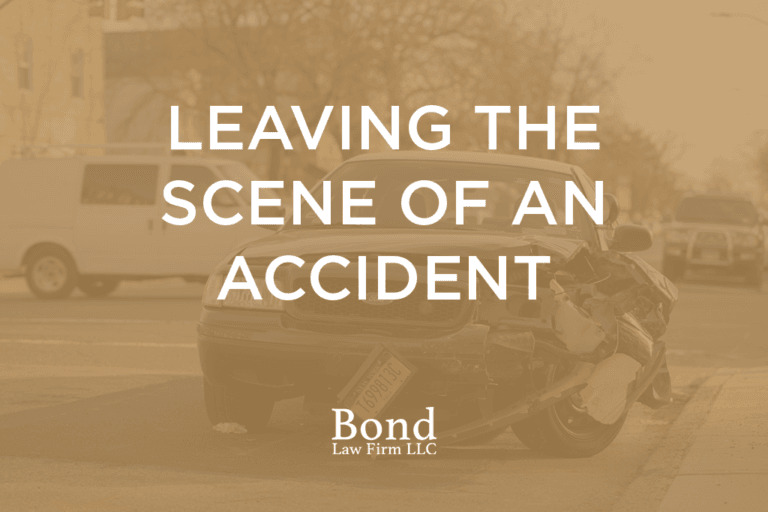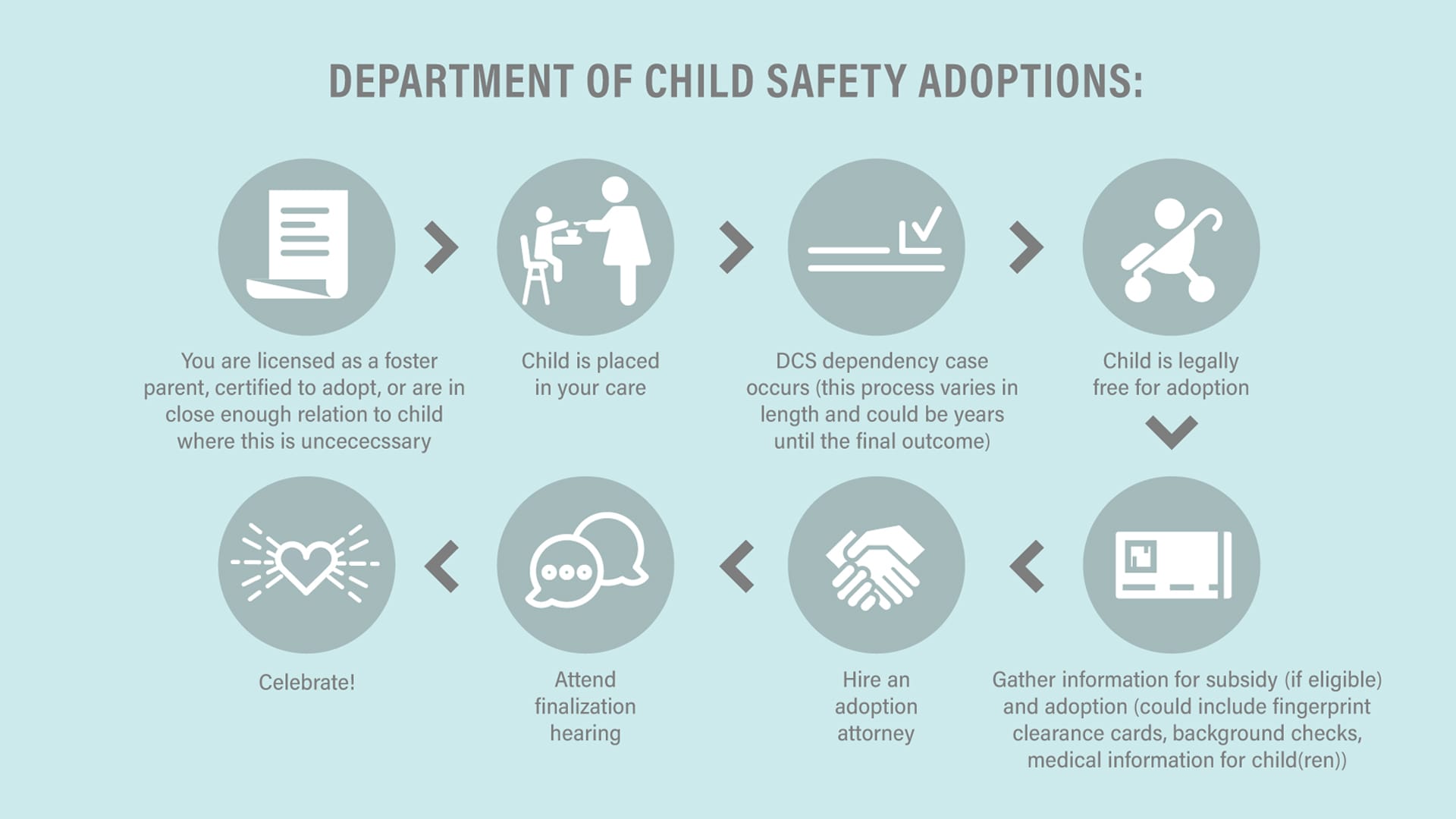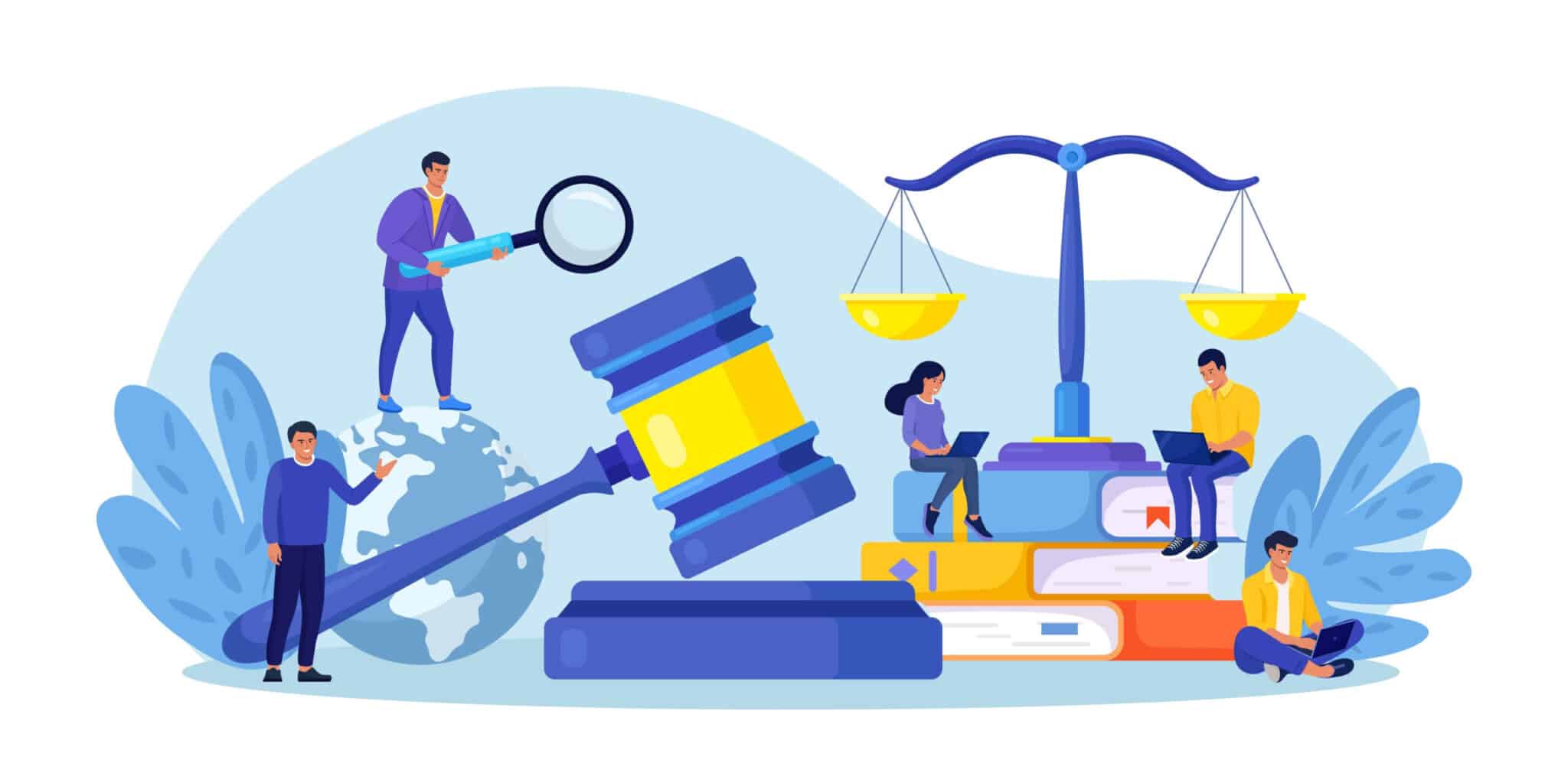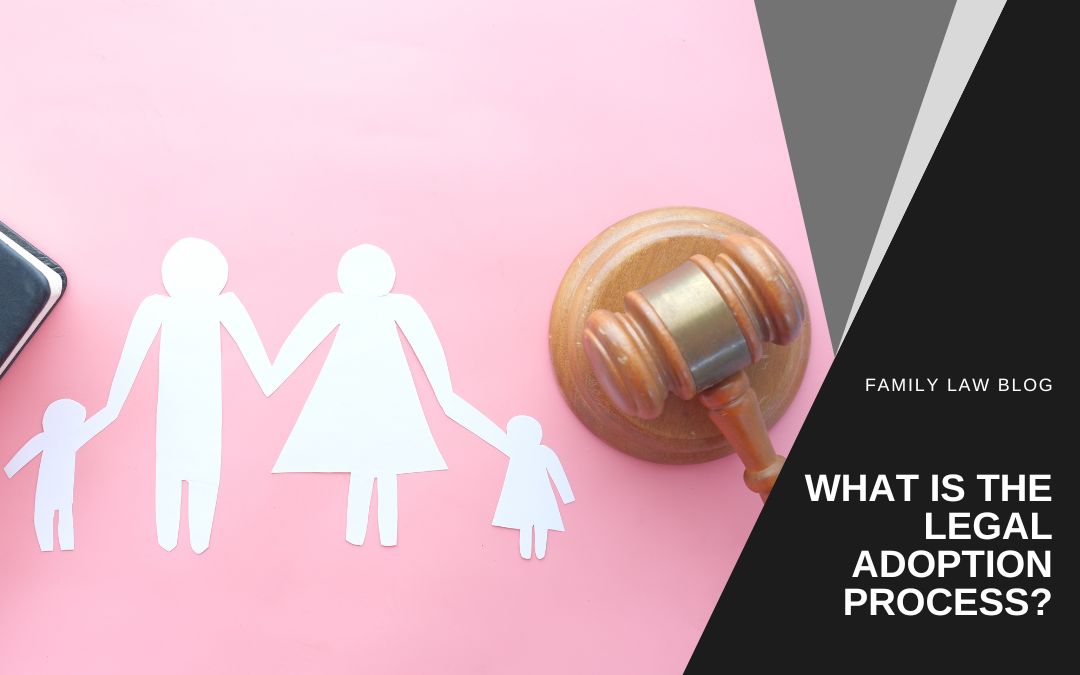Wrongful Death Lawsuit Process and Compensation: Navigating Legal Claims can be a complex and emotionally challenging process. When a loved one’s death is caused by negligence or wrongdoing, families are often left grappling with grief, financial burdens, and legal uncertainties.
Understanding the intricacies of wrongful death lawsuits is crucial for families seeking justice and compensation for their loss.
This article will delve into the key aspects of wrongful death lawsuits, including the legal definitions, the steps involved in filing a claim, and the factors that influence the amount of compensation awarded. We will also explore common examples of wrongful death cases and the potential damages that can be recovered.
Understanding Wrongful Death Lawsuits: Wrongful Death Lawsuit Process And Compensation
A wrongful death lawsuit is a legal claim filed by the surviving family members of a deceased person who died as a result of another party’s negligence or wrongful act. These lawsuits seek compensation for the losses suffered by the surviving family members due to the death of their loved one.
The Legal Definition of Wrongful Death
Wrongful death is a legal concept that refers to the death of a person caused by the negligence or wrongful act of another party. It is distinct from homicide, which is the unlawful killing of another person, as it focuses on the financial and emotional losses suffered by the surviving family members rather than the criminal liability of the responsible party.
Elements of a Wrongful Death Lawsuit
To successfully pursue a wrongful death lawsuit, the plaintiff (the surviving family member) must prove the following elements:
- The death of the decedent:This element requires proof that the deceased person died as a result of the defendant’s actions or inactions.
- Negligence or wrongful act of the defendant:The plaintiff must demonstrate that the defendant’s conduct was negligent or wrongful, meaning that it fell below the standard of care expected of a reasonable person in similar circumstances.
- Causation:The plaintiff must prove that the defendant’s negligence or wrongful act was a direct and proximate cause of the decedent’s death. This means that the defendant’s actions were a substantial factor in causing the death, and there were no intervening events that broke the chain of causation.
Navigating the complexities of a wrongful death lawsuit process can be overwhelming, especially when seeking compensation for the loss of a loved one. Understanding your insurance coverage is crucial during such times, and Get a USAA Insurance Quote: A Comprehensive Guide can help you assess your options.
With clear information about your policy, you can better understand the potential financial support available to you and navigate the legal process with greater clarity.
- Damages:The plaintiff must demonstrate that the surviving family members suffered damages as a result of the decedent’s death. These damages can include financial losses, such as lost wages, medical expenses, and funeral costs, as well as non-economic losses, such as pain and suffering, loss of companionship, and loss of consortium.
Navigating the complex legal landscape of a wrongful death lawsuit can be overwhelming, especially when grappling with the emotional toll of such a loss. Understanding the process, including potential compensation, is crucial for families seeking justice. As you navigate these challenging times, securing adequate insurance coverage is essential, and a comprehensive guide like Rhode Island Home Insurance Quotes: A Guide for Homeowners can provide valuable insights into protecting your assets.
This understanding of insurance can provide peace of mind during a difficult period, allowing you to focus on the legal aspects of your case.
Types of Damages in Wrongful Death Lawsuits
The damages recoverable in a wrongful death lawsuit are intended to compensate the surviving family members for their losses. These damages can be categorized as follows:
- Economic Damages:These damages are quantifiable financial losses that can be proven with documentation, such as:
- Lost wages:This represents the income the deceased person would have earned had they lived.
- Medical expenses:This includes the costs of medical treatment incurred by the deceased person before their death.
- Funeral and burial expenses:This covers the costs associated with the deceased person’s funeral and burial.
- Non-Economic Damages:These damages are intangible losses that are more difficult to quantify, but are still significant and can include:
- Pain and suffering:This refers to the emotional distress experienced by the surviving family members due to the loss of their loved one.
- Loss of companionship:This compensates for the loss of the deceased person’s love, companionship, and support.
- Loss of consortium:This is a legal term that refers to the loss of the deceased person’s companionship, affection, and sexual intimacy.
The Wrongful Death Lawsuit Process

Filing a wrongful death lawsuit is a complex legal process that involves multiple steps and considerations. Understanding the steps involved can help families navigate the legal system and pursue justice for their loved one.
Steps Involved in Filing a Wrongful Death Lawsuit, Wrongful Death Lawsuit Process and Compensation
The process of filing a wrongful death lawsuit generally involves the following steps:
- Investigation and Evidence Gathering:The first step is to gather evidence to support the claim. This includes obtaining medical records, police reports, witness statements, and other relevant documentation. The evidence must demonstrate that the defendant’s negligence or wrongful act directly caused the death.
Navigating the complex legal landscape of a wrongful death lawsuit can be overwhelming, especially for families already grappling with grief. Understanding the process and potential compensation is crucial, and while financial compensation can’t replace a loved one, it can provide much-needed support.
For military members, obtaining the right insurance coverage is vital, and USAA offers tailored policies for boats, as detailed in Boat Insurance Quote USAA: A Guide for Military Members. This can be particularly important if a boating accident leads to a wrongful death claim, as comprehensive coverage can help protect families from significant financial burdens during a difficult time.
- Filing the Complaint:Once sufficient evidence is gathered, the plaintiff’s attorney will file a complaint with the court, formally outlining the allegations against the defendant. The complaint will detail the circumstances of the death, the defendant’s negligence, and the damages sought.
- Discovery:This phase involves both parties exchanging information and evidence through requests for documents, interrogatories, and depositions. The goal is to uncover the facts of the case and prepare for trial.
- Settlement Negotiations:Before trial, both parties may attempt to reach a settlement agreement. This can save time and resources, but it requires both sides to compromise.
- Trial:If a settlement cannot be reached, the case will proceed to trial. The plaintiff must prove their case by a preponderance of the evidence, meaning that it is more likely than not that the defendant’s actions caused the death. The defendant will have the opportunity to present their defense and evidence.
- Judgment and Appeal:If the plaintiff prevails at trial, the court will issue a judgment in their favor, awarding damages. The defendant may appeal the judgment, but the appeals process can be lengthy and complex.
Role of a Wrongful Death Attorney
A wrongful death attorney plays a crucial role in guiding families through the legal process. They provide legal expertise and support to help families understand their rights and options.
- Investigation and Evidence Gathering:The attorney will work with investigators to gather evidence, interview witnesses, and review medical records. They will ensure that all necessary documentation is obtained to build a strong case.
- Negotiation and Settlement:The attorney will negotiate with the defendant’s insurance company to attempt to reach a fair settlement. If a settlement cannot be reached, the attorney will prepare the case for trial.
- Trial Preparation and Representation:The attorney will prepare the case for trial by conducting depositions, preparing witnesses, and developing legal arguments. They will represent the family in court and advocate for their rights.
- Damages Calculation and Recovery:The attorney will help determine the appropriate damages to seek, including economic damages (lost wages, medical expenses) and non-economic damages (pain and suffering, loss of companionship). They will work to recover the maximum compensation possible for the family.
Potential Defenses in a Wrongful Death Case
Defendants may raise several defenses to a wrongful death lawsuit, attempting to reduce or eliminate their liability. Common defenses include:
- Contributory Negligence:This defense argues that the deceased was partially responsible for their own death. If the court finds that the deceased was partially at fault, the damages awarded to the family may be reduced or eliminated.
- Assumption of Risk:This defense argues that the deceased knowingly and voluntarily assumed the risk of injury or death. For example, if the deceased was involved in a dangerous activity, the defendant may argue that they assumed the risk of injury.
- Statute of Limitations:There is a time limit, known as the statute of limitations, within which a wrongful death lawsuit must be filed. If the lawsuit is not filed within the time limit, it may be barred from proceeding.
- Lack of Causation:The defendant may argue that their actions did not directly cause the death. They may claim that the death was caused by an unrelated event or medical condition.
Factors Affecting Compensation
The amount of compensation awarded in a wrongful death lawsuit is determined by various factors, including the nature of the death, the victim’s circumstances, and the defendant’s liability. Evidence plays a crucial role in establishing the extent of damages and the defendant’s responsibility.
Types of Damages
Damages in a wrongful death lawsuit can be categorized as economic or non-economic.
- Economic damagesare quantifiable financial losses incurred due to the death, such as lost wages, medical expenses, funeral costs, and loss of support. These damages are typically calculated based on the victim’s earning capacity, life expectancy, and other relevant factors. For instance, a court might consider the victim’s salary, potential career advancements, and the length of time they were expected to work to determine lost wages.
- Non-economic damages, also known as intangible damages, are subjective losses that are more difficult to quantify, such as pain and suffering, emotional distress, loss of companionship, and loss of consortium. These damages are based on the victim’s relationship with the deceased and the impact of the death on their life.
For example, a court might consider the close relationship between a spouse and the deceased, the emotional trauma caused by the loss, and the impact on the surviving spouse’s ability to enjoy life.
Common Examples of Wrongful Death Cases

Wrongful death lawsuits arise from a wide range of circumstances, often involving negligence, recklessness, or intentional misconduct. Understanding common examples can help individuals recognize potential grounds for such legal action.
Examples of Wrongful Death Cases
| Case Type | Description | Potential Causes of Death | Potential Damages |
|---|---|---|---|
| Car Accident | A driver’s negligence, such as speeding or driving under the influence, causes a fatal collision. | Trauma, internal bleeding, organ damage | Medical expenses, funeral costs, lost wages, pain and suffering, loss of companionship |
| Medical Malpractice | A doctor or other healthcare professional’s error, such as misdiagnosis, delayed treatment, or surgical mistake, results in a patient’s death. | Infection, complications, medical errors | Medical expenses, funeral costs, lost wages, pain and suffering, loss of companionship |
| Workplace Accident | An unsafe work environment or employer’s negligence leads to a fatal accident. | Falls, machinery accidents, hazardous materials exposure | Medical expenses, funeral costs, lost wages, pain and suffering, loss of companionship |
| Product Liability | A defective product, such as a faulty car part or dangerous toy, causes a fatal injury. | Mechanical failure, product malfunction, design defects | Medical expenses, funeral costs, lost wages, pain and suffering, loss of companionship |
| Assault or Homicide | A violent act, such as a shooting, stabbing, or assault, results in death. | Gunshot wounds, stab wounds, blunt force trauma | Medical expenses, funeral costs, lost wages, pain and suffering, loss of companionship |
Epilogue

Navigating the legal landscape of wrongful death lawsuits requires a thorough understanding of the process, the elements involved, and the potential outcomes. By understanding the legal definitions, the steps involved, and the factors that influence compensation, families can make informed decisions and pursue justice for their loved ones.
Consulting with an experienced wrongful death attorney is crucial for navigating the complexities of these cases and maximizing the chances of a successful outcome.




